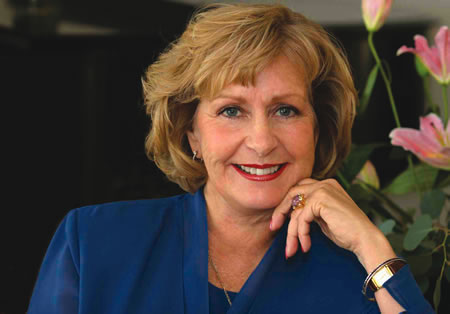Moving Forward

Change visits us in two major ways. There are choices that we implement that expand our lives into new directions. When we are the choice makers, ideally, we orchestrate changes in small increments that support a sense of empowerment and control in our lives.
The other kind of change comes in the form of external events that rip open the fabric of our lives and fling us head first into vertigo. Uninvited change brings insecurity and free-floating anxiety engendered by the direct experience of not knowing where we are or what we are doing.
Our predominant experience becomes fear. A fertile ground is born for imaginings of the worst kind to swirl through us in an ‘Alice in Wonderland’ free-fall.
Our world is turned upside down. We feel resistant and unable to take action. Our thoughts and feelings land on the lowest common denominator and we move in and out of hopelessness, grief, anger, fear, and resentment. At this point, we either pick a target outside of ourselves to attack, or we turn this negativity inward, through feelings and thoughts of inadequacy or inertia.
When in the throes of insecurity, we take the panic that loss of control brings and begin to obsess on how to get back in charge, or we simply turn our focus away from personal creativity and hold fast to whatever feels safe for the moment.
We pull back and stop our outreach, which eventually leads to small, careful, predictable, and deadening reactions to people, situations, and new challenges.
When we find we are in this maintenance cycle, how do we begin the process of forward movement?
The first step is to establish a purpose bigger than simply spinning around in our moment-to-moment thoughts and feelings. That purpose can be in the form of an external goal but in my work, I prefer to use personal, internal, experiential statements to coax new spurts of positive, creative energy into the foreground.
Ask yourself this question: What quality do I want to foster in myself that would open the door at least a crack to increased energy, and creative action? For example, let’s say you decide that you want to foster the quality of inner strength.
Formulate a statement in the present tense: “I am uncovering and taking ownership of my own inner strengths.” You now have a working purpose in place that is bigger than your random moment-to-moment thoughts and feelings of inadequacy and insecurity.
Other examples might be: I am self-confident or I am safe and secure. Choose those actions and activities that build your experience of yourself as confident and begin to validate your successes, rather than glorifying your negative thoughts about the situation. I am taking good care of myself. Say yes to those experiences that create comfort and feelings of well-being, and say no to those experiences that put you out on the emotional skinny branches, until you feel stronger and more prepared to take on new challenges.
The benefit of choosing an experiential intention or purpose is that the outcome rests totally within your control. You are using the statement as a one-pointed focus to align your scattered energy behind one single intention, instead of thrashing about in a sea of conflicting emotions.
At this time in our history, though we are all in this together, it is equally true that “every head is a world” and when unforeseen circumstances invade and threaten our equilibrium, we are solely responsible for managing our individual minds and emotions, as skillfully and as competently as possible.
Susan is a personal development trainer and author of Beyond Intellect: Journey into the Wisdom of your Intuitive Mind. Find her at susanvelasquez.com.




